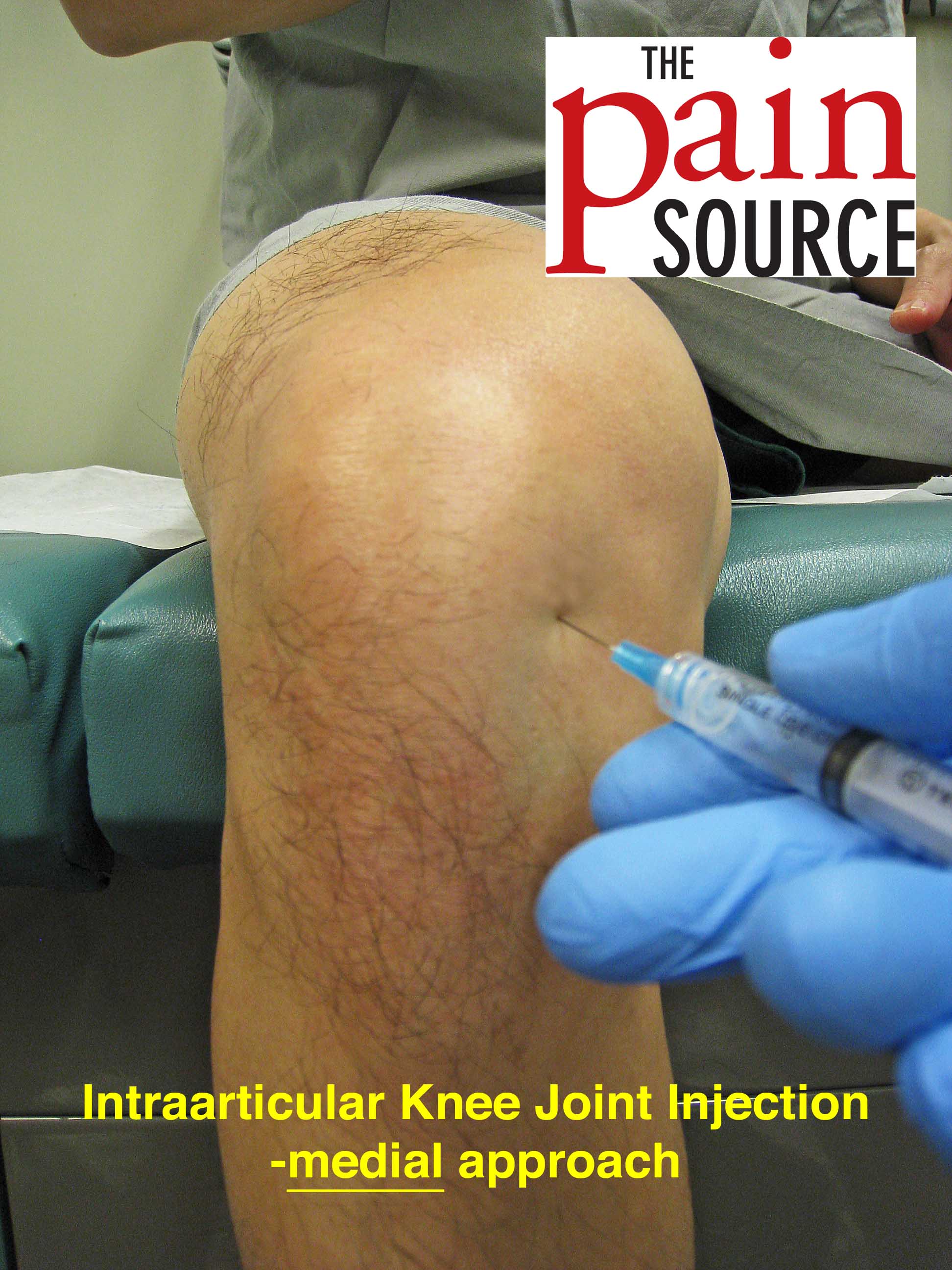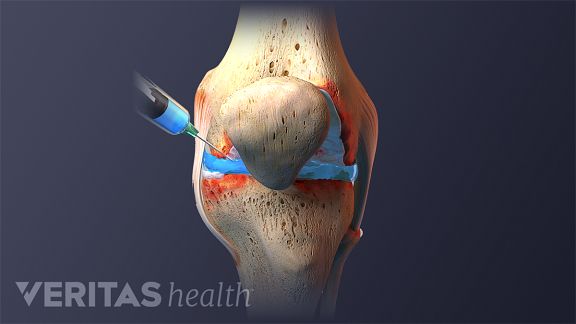


It absorbs shocks, again protecting the cartilageģ. It keeps the bones slightly apart, protecting their cartilage coverings from wear and tearĢ. When part of your synovium becomes inflamed, it can cause your entire joint to swell and become tender. Hyaluronic acid is the most important constituent of synovial fluid and has four important functions:ġ. Ostenil ®Plus is a solution containing Hyaluronic Acid and Mannitol (a simple sugar derivative which allows the hyaluronic acid to work for longer and more efficiently in the joint). This can lead to the cartilage in the joint gradually wearing away and the onset of the symptoms of osteoarthritis – pain, stiffness and swelling. In osteoarthritis, however this natural balance is disturbed and breakdown happens faster than production leading to the synovial fluid becoming more watery and less efficient. The capsule is made of strong, fibrous tissue (often reinforced by ligaments) and is lined by the synovial membrane, which produces synovial fluid to replace the natural breakdown of “old” synovial fluid. In a synovial joint the bone ends are enclosed in a thick capsule which contains a thick, slippery liquid called synovial fluid. Infection and bleeding are also very rare complications of this procedure.Most of the joints in the body are synovial joints e.g. If this occurs, contact your doctor immediately.
#Injections sunovial fluid in knee full
In these cases, the knee may become full of fluid, red, warm, and painful. Rarely, patients may develop a local allergy-like reaction in the knee. You may want to apply an ice pack to help ease them.

Hyaluronic acid is a large glycosaminoglycan that occurs naturally within the synovial fluid. Hyaluronic acid Intra-articular hyaluronans are becoming an increasingly used treat-ment for OA. These symptoms generally do not last long. able for knee joints, or for when aspiration is expected to reveal vis-cous fluid. You may notice a local reaction, such as pain, warmth, and slight swelling immediately after the shot. Usually, the aspiration and the injection are done using only one needle injected into the joint, Some doctors may prefer to use two separate syringes.įor the first 48 hours after the shot, you should avoid excessive activity, such as jogging or heavy lifting. Several preparations of hyaluronic acid are now commercially available.ĭepending on the product used, you will receive one to five shots over several weeks.ĭuring the procedure, if there is any swelling in your knee, your doctor may remove (aspirate) the excess fluids before injecting the hyaluronic acid. Viscosupplementation was first used in Europe and Asia, and was approved by the U.S. Although some patients report pain relief with the procedure, some people are not helped by the injections. The most recent research, however, has not found viscosupplementation to be effective at significantly reducing pain or improving function. The theory is that adding hyaluronic acid to the arthritic joint will facilitate movement and reduce pain. People with osteoarthritis have a lower-than-normal concentration of hyaluronic acid in their joints. It acts as a lubricant to enable bones to move smoothly over each other and as a shock absorber for joint loads. Hyaluronic acid is a naturally occurring substance found in the synovial fluid surrounding joints. In this procedure, a gel-like fluid called hyaluronic acid is injected into the knee joint. If you have tried all other nonsurgical treatment methods and your pain continues to limit your activities, viscosupplementation may be an option. Pain relievers, such as acetaminophen or nonsteroidal anti-inflammatory drugs (NSAIDs) like ibuprofenĪnother treatment option is a procedure called viscosupplementation.Your doctor may recommend a range of treatments, including: In its early stages, arthritis of the knee is treated with nonsurgical methods. Although there is no cure for osteoarthritis, there are many treatment options available to help people manage pain and stay active. It develops slowly and the pain it causes worsens over time. Osteoarthritis of the knee is one of the leading causes of disability in the United States.


 0 kommentar(er)
0 kommentar(er)
